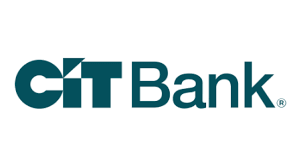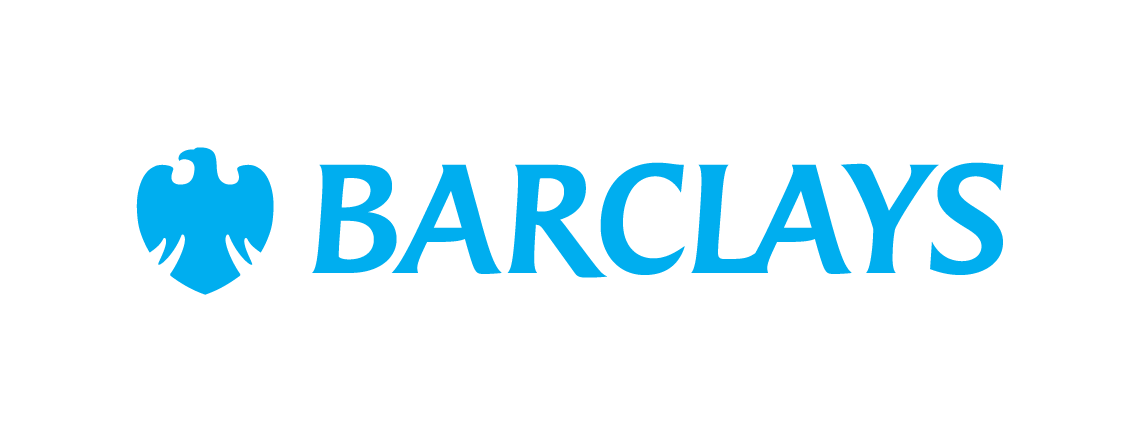5 Best Places to Put $10,000 Right Now
KEY POINTS
- Paying off expensive debt is nearly always the best move.
- If you aren't on track for retirement, it's a good option to consider.
- CDs, money market accounts, and savings accounts are good for shorter-term savings.
Maybe you had a sudden windfall, or perhaps worked hard to grow your savings. Either way, you now have $10,000 to put, well, somewhere. But where?
Let's take a look at five different options for using that $10,000 in savings wisely.
1. Pay off any high-interest debt
If you have any high-interest debt -- credit cards, personal loans, etc. -- then the best place for a $10K windfall is probably paying off that debt. You will get no better return on that money, and you'll get the satisfaction of having less debt (or ideally none at all).
Consider it this way: Even when you play the long game, the stock market gives you an average return of about 10%. Compare that to the 20% (or more!) in interest on your typical credit card, and you come out way ahead just paying off that debt over pretty much any other investment.
Our Picks for the Best High-Yield Savings Accounts of 2025
| Product | APY | Min. to Earn | |

American Express® High Yield Savings
Member FDIC.
APY
3.70%
Rate info
3.70% annual percentage yield as of April 17, 2025. Terms apply.
Min. to earn
$0
Open Account for American Express® High Yield Savings
On American Express's Secure Website. |
3.70%
Rate info
3.70% annual percentage yield as of April 17, 2025. Terms apply.
|
$0
|
Open Account for American Express® High Yield Savings
On American Express's Secure Website. |

CIT Platinum Savings
Member FDIC.
APY
4.10% APY for balances of $5,000 or more
Rate info
4.10% APY for balances of $5,000 or more; otherwise, 0.25% APY
Min. to earn
$100 to open account, $5,000+ for max APY
Open Account for CIT Platinum Savings
On CIT's Secure Website. |
4.10% APY for balances of $5,000 or more
Rate info
4.10% APY for balances of $5,000 or more; otherwise, 0.25% APY
|
$100 to open account, $5,000+ for max APY
|
Open Account for CIT Platinum Savings
On CIT's Secure Website. |

Barclays Tiered Savings
Member FDIC.
APY
4.10%
Rate info
Balances less than $250,000 earn 4.10%, and balances greater than $250,000 earn 4.30%.
Min. to earn
$0
Open Account for Barclays Tiered Savings
On Barclays' Secure Website. |
4.10%
Rate info
Balances less than $250,000 earn 4.10%, and balances greater than $250,000 earn 4.30%.
|
$0
|
Open Account for Barclays Tiered Savings
On Barclays' Secure Website. |
2. Boost your retirement account
A Motley Fool study showed just 34% of people feel on track for retirement. If you're in the majority group, consider putting that extra $10,000 into your retirement account.
Oh, and if you're thinking, "What retirement account?" -- this one goes double for you.
3. Make a CD ladder
You can get some awesome rates on certificates of deposit (CDs) these days, so a CD ladder could be a great way to go. With this method, you invest in a variety of CDs of different maturities. For example, you could put:
- $2,000 into a 1-year CD
- $2,000 into a 2-year CD
- $2,000 into a 3-year CD
- $2,000 into a 4-year CD
- $2,000 into a 5-year CD
With this setup, you have one CD that matures each year, giving you the option to take out your money and use it for something else. If you want to keep the ladder going, you reinvest in a new 5-year CD.
4. Keep it handy in a high-yield money market account
If you want to keep your $10,000 where you can use it if you need to -- say, if it's your emergency fund -- then a money market account is the way to go. The best money market accounts have comparable rates to a good CD or savings account. Plus they offer both an ATM card and check-writing abilities, so you can have easy access to your money whenever you need it.
5. Sock it away into a high-yield savings account
Folks stuck with an average savings account might want to pick another option -- or another bank. (The national average savings rate is a sad little 0.41.) But if you have one of the best high-yield savings accounts, then that's is a very reasonable place to keep your $10,000 in savings.
In particular, choose this option if your $10,000 is short-term or emergency savings. A good savings account will let you keep your money liquid while still earning a return.
Considerations for your choice
If you looked at these options and still aren't sure how to choose the best place, consider this:
- Do you need access to the money? If you may need access to that money sometime in the next year, this narrows your options down considerably. A money market or savings account may be your best option.
- What's the return? Paying off high-interest debt is almost always the best return on your money. After that, it can vary a lot based on the market and your risk tolerance.
Ultimately, the best place for your money will depend a lot on your specific needs and wants. Take the time to consider what will have the biggest positive impact on your finances overall, and make your decisions accordingly.
Our Research Expert
We're firm believers in the Golden Rule, which is why editorial opinions are ours alone and have not been previously reviewed, approved, or endorsed by included advertisers. Motley Fool Money does not cover all offers on the market. Motley Fool Money is 100% owned and operated by The Motley Fool. Our knowledgeable team of personal finance editors and analysts are employed by The Motley Fool and held to the same set of publishing standards and editorial integrity while maintaining professional separation from the analysts and editors on other Motley Fool brands. Terms may apply to offers listed on this page. APYs are subject to change at any time without notice.